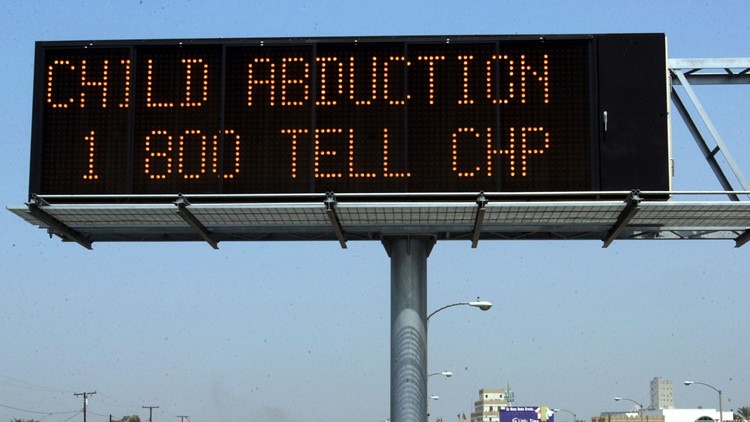When a child goes missing, everyone wants to spread the word fast and find them safe. Issuing an AMBER Alert may seem like the logical course of action. However, when the emergency response system was set up, there were defined activation criteria established to ensure a uniform, effective response and minimize delays.
Here are the guidelines specific to California's AMBER Alert system, as shared by the California Highway Patrol:
1. It has been confirmed that an abduction has occurred, or the child has been taken by anybody including, but not limited to, parents and/or guardians.
2. The victim is 17 years of age or younger, or of proven mental of physical disability.
3. There is reason to believe the victim is in imminent danger of serious bodily injury or death.
4. There is information available that, if disseminated to the general public, could assist in the safe recovery of the victim.
California does allow for Endangered Missing Advisories to be activated in the case of custodial disputes or runaway situations that do not meet the above criteria. But again, there are criteria before an alert can be activated.
Below are some recommendations from the U.S. Department of Justice:
1. "AMBER plans require law enforcement to confirm an abduction prior to issuing an alert. This is essential when determining the level of risk to the child."
The guidelines state without ample enough information, it could lead to a weakening of the overall system, and further delays in locating the missing child.
2. "The law enforcement agency believes that the child is in imminent danger of serious bodily injury or death."
Agencies are encouraged to use their best judgment for what kind of danger the child may be in.
3. "There is enough descriptive information about the victim and the abduction for law enforcement to issue an AMBER Alert to assist in the recovery of the child."
Again, to prevent a weakening of the overall effectiveness of the system, AMBER Alerts are recommended when there is enough evidence to enhance search efforts for both the child and the suspect, or suspect vehicle.
4. "The abduction is of a child aged 17 years or younger."
5. "The child's name and other critical data elements, including the Child Abduction flag, have been entered into the National Crime Information Center (NCIC) system."
By entering the information into the database, it expands the circle of awareness and can broaden the search area.



